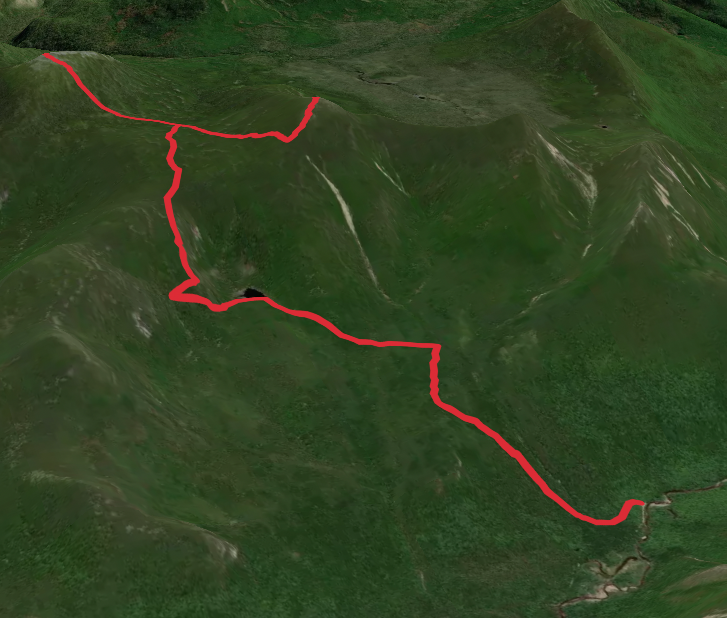Best extra difficult hiking trails in Maine
Only the bravest need apply! These extra-difficult trails are not for the faint of heart...
Here are some great trails to explore in Maine.
Most popular trails
Frequently asked questions

Maine's climate, with its distinctive seasons, provides unique hiking experiences throughout the year. Spring (March-May) offers cool temperatures and blooming flora, though trails may be muddy from melting snow. Summer (June-August) presents warm, comfortable hiking weather but can get crowded, particularly in popular spots like Acadia National Park.
Fall (September-November) is a preferred time for hiking in Maine with temperate weather and the state's iconic autumn foliage. Winter (December-February), though cold and snowy, offers opportunities for snowshoeing and winter hiking, provided you're well-equipped.
Typically, autumn is recommended as the best hiking season. Prior to hiking, always check the weather forecast, and gear up accordingly. Maine Trail Finder (https://www.mainetrailfinder.com/) and the National Weather Service (https://www.weather.gov/) are helpful resources.

In Maine, most hiking trails don't require permits. However, certain areas, like Baxter State Park, require a day-use parking reservation. For overnight camping in state parks, a permit may be needed. Information about permits and reservations can be found on Maine's Department of Agriculture, Conservation and Forestry website (https://www.maine.gov/dacf/parks/).

In Maine, wild camping is generally permitted in the Public Reserved Lands, with restrictions. Campsites must be 100 feet from trails and water bodies. Fires are regulated and may require a permit. For detailed information, refer to the Bureau of Parks and Lands website (https://www.maine.gov/dacf/parks/).

In emergency situations while hiking in Maine, dial 911 for immediate assistance. Rescue operations are usually coordinated by local law enforcement in collaboration with agencies like the Maine Association for Search and Rescue (MASAR). For more information, visit their website (https://www.mainesearchandrescue.org/).

Maine’s diverse habitats feature spruce-fir, mixed hardwood forests, and coastal heathlands. Hikers can expect to see species like white pine, red maple, and numerous wildflowers. Beware of poison ivy in wooded or disturbed areas. More information on Maine's flora can be found on the Maine Natural Areas Program's website (https://www.maine.gov/dacf/mnap/).

In Maine, hikers can anticipate encounters with a variety of wildlife like moose, white-tailed deer, and numerous bird species. Be aware of black flies and mosquitoes in warmer months. While black bears are present, encounters are rare. Visit the Maine Department of Inland Fisheries & Wildlife website (https://www.maine.gov/ifw/) for wildlife safety information.
More trails in Maine
by difficulty
by type









